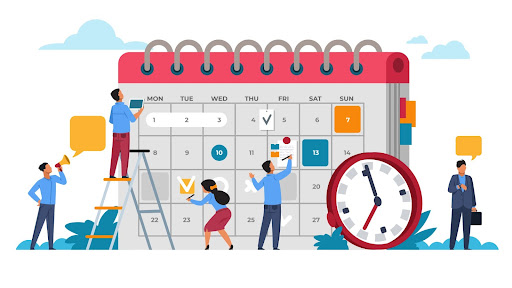The Ultimate Guide to Media Planning

The digital landscape today is one noisy place for advertisers. To be able to cut through this noise (cacophony, rather), it’s important that a brand has a robust media strategy to be able to shine over the competition. Having a media plan is no longer an option, it’s a necessity. But how does one do that? What channel should you pick? What content should you share? How much budget should you allocate for this? We have the answers to these never-ending questions. Read on to know how best to plan a knock-out media strategy for your brand
Media Planning: What Does it Mean?
Media planning is an essential part of modern advertising and marketing. It involves carefully choosing and managing the different media channels that will be used to reach target audiences with marketing messages. There are many options to consider, ranging from traditional media, such as television and print, to digital channels, like social media and email.
How you actually conceptualise and plan your media strategy has long-term implications for how successful your campaign will be. To begin with, you have to carefully consider various factors, such as the target audience’s demographics, media habits, and preferences, as well as the reach and frequency of each channel.
The media planning process typically includes the following steps:
- Research phase: The research phase involves collecting and analyzing data about the target audience, such as their media habits, preferences, and behaviors.
- The strategy development phase: This involves determining the marketing and communication goals and selecting the media channels that are best suited to achieve those goals.
You must keep in mind that media planning is a dynamic and ongoing process. Along with changing audience preferences, we are faced with rapid changes in technology as well – making new media channels available. So to ensure that your media planning is effective and sustainable, you have to ensure that you continuously evaluate and adjust your strategy to ensure that the chosen media channels continue to be the best fit for the target audience and the marketing goals.
How to do Your Media Planning Right
Researching Your Audience
The first step involves collecting and analyzing data about the target audience, including their media habits, preferences, and behaviors. How will you collect this data? The research can come from various sources, including market research surveys, consumer data, and historical campaign performance data. This will provide insights into the target audience’s media consumption habits, such as the type of media they use, the time of day they use it, and their level of engagement with different types of content.
Strategy Development
In this phase, the marketing and communication goals are determined, and the media channels that are best suited to achieve those goals are selected. You must consider various factors when choosing media channels, such as the target audience’s demographics, media habits, and preferences, as well as the reach and frequency of each channel. Most importantly, you must also consider the budget for the campaign and the cost of reaching the target audience through each channel.
Media Selection
In this phase, the media channels that have been identified as best suited to the target audience and marketing goals are selected. You must consider the cost, reach, and frequency of each channel and determine how best to allocate the budget to achieve the desired results. For example, if the target audience is primarily composed of young people who spend most of their time on social media, you might allocate a larger portion of the budget to social media advertising.
Implementation and Measurement
In the final phase, the media plan is implemented, and the campaign is launched. You must monitor the results of the campaign and measure the effectiveness of the chosen media channels. The measurement can include tracking the reach, frequency, and engagement of the target audience, as well as the overall return on investment. The results of the measurement can then be used to adjust the media plan as needed to improve its effectiveness.
Media planning is a critical component of any effective marketing strategy. By taking the time to research your audience and really get to know what makes them tick, choosing the right media channels, and planning your budget, you can ensure that your marketing messages reach the right people in the right way at the right time. Whether you’re a seasoned marketing professional or just starting out, it is always a good idea to get some help from professional agencies like AdLift. Our experts can help you ace your planning and get the best results.

